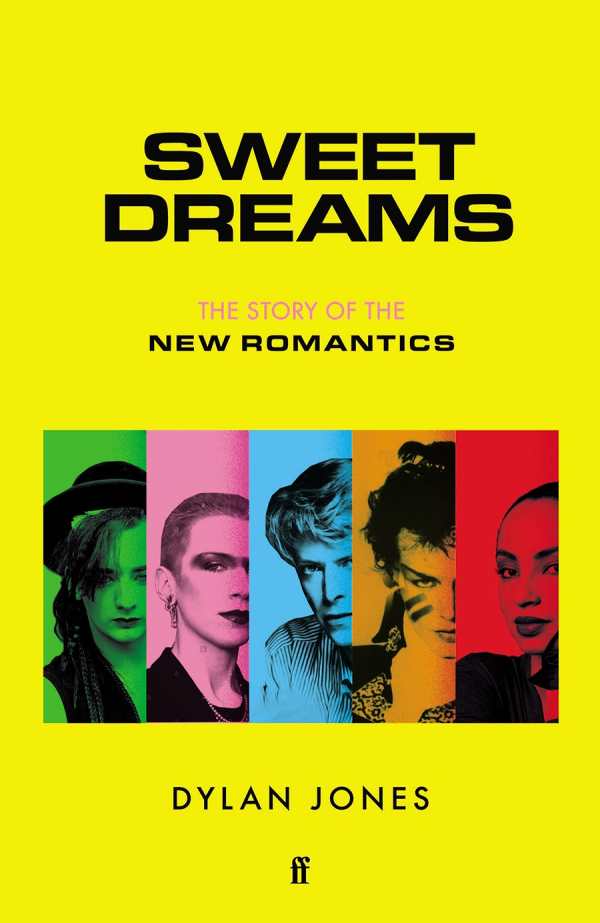Sweet Dreams
The Story of the New Romantics
Dylan Jones’s Sweet Dreams is a vast and fascinating collection of interviews that showcase a decade of British music and culture—the New Romantic period, from 1975-1985.
Mid-seventies England was full of chaos and creativity as art school students found belonging in Bowie-themed nightclubs. Through interviews with designers, performers, and influencers, the evolution of this English outsiders’ scene is documented from an insider perspective, while a recommended discography provides a soundtrack for the decade.
Though England’s punk scene burned out, its DIY philosophies and disruptive appearance imprinted itself upon the creatives of an era. Club goers describe hand-making their outfits for places like the Blitz, defined by its beautiful and experimental crowd. The style magazine was born, kickstarting celebrity culture, and the first paparazzi competed for photographs and gossip. Creators of magazines like i-D explain their visions, while hairdressers and designers invented a new profession to fit the times—that of the stylist.
For the New Romantics, style was also a reclamation of self: musicians like Annie Lennox and Boy George discuss how their androgyny and sexuality subverted gender roles and was liberating for gay fans. Interviews impart the pain of the AIDS epidemic, which killed many people and impeded society’s burgeoning acceptance of the LGBTQ+ community.
History and technology merge as musicians recall synthesizers becoming affordable, describing them as the sound of the future. The relationship between music and visual media was strengthened by television; bands like Duran Duran talk about how music videos linked their music with a lifestyle. The Live Aid concert, popularized by global coverage, began the rise of stadium tours, taking London’s street culture around the world.
Sweet Dreams contextualizes the fashion, politics, sex, and technology involved in the music of The New Romantics, allowing the story of the movement to be told by those who created it.
Reviewed by
Delia Stanley
Disclosure: This article is not an endorsement, but a review. The publisher of this book provided free copies of the book to have their book reviewed by a professional reviewer. No fee was paid by the publisher for this review. Foreword Reviews only recommends books that we love. Foreword Magazine, Inc. is disclosing this in accordance with the Federal Trade Commission’s 16 CFR, Part 255.

